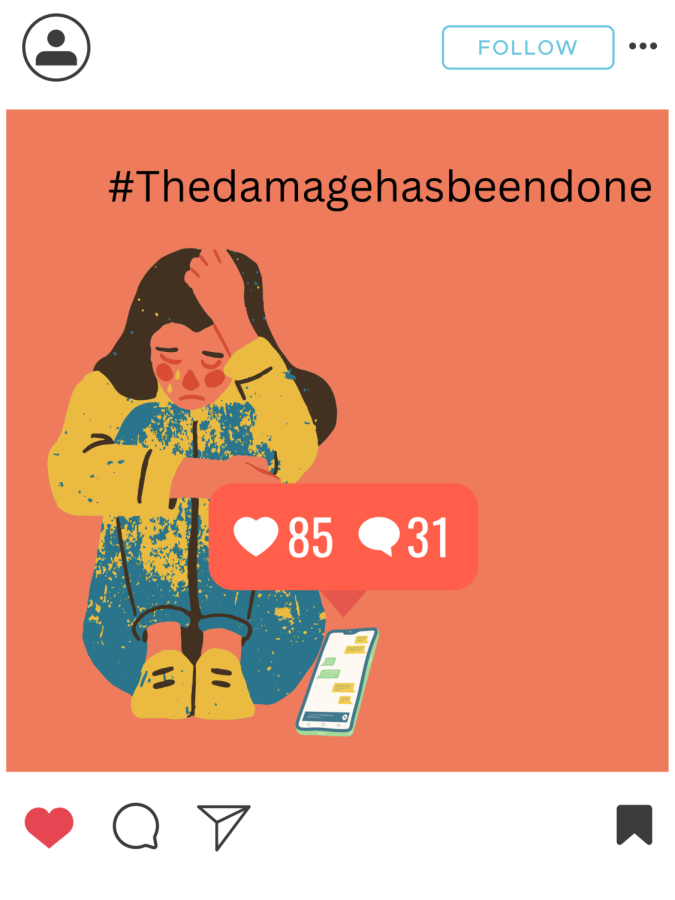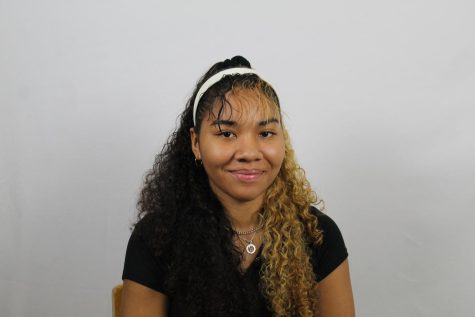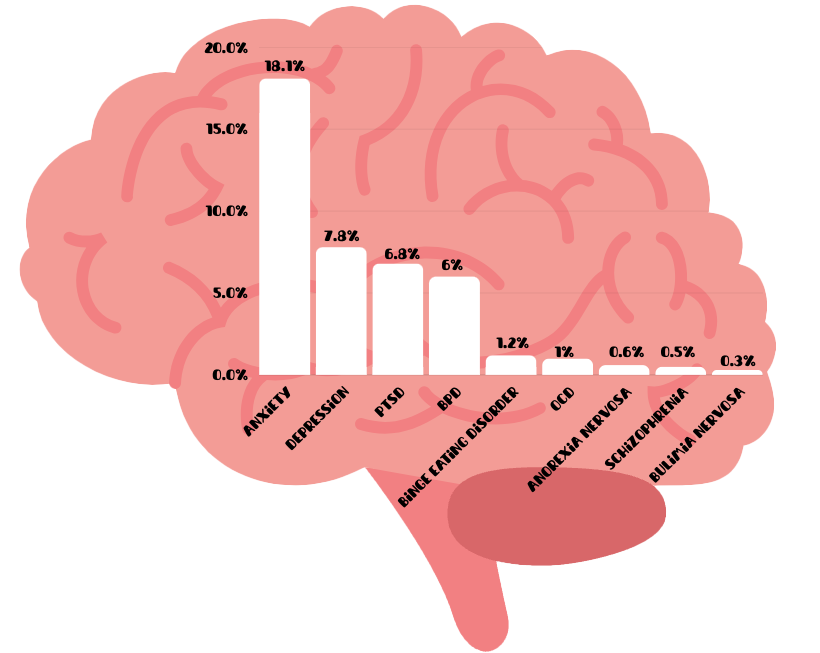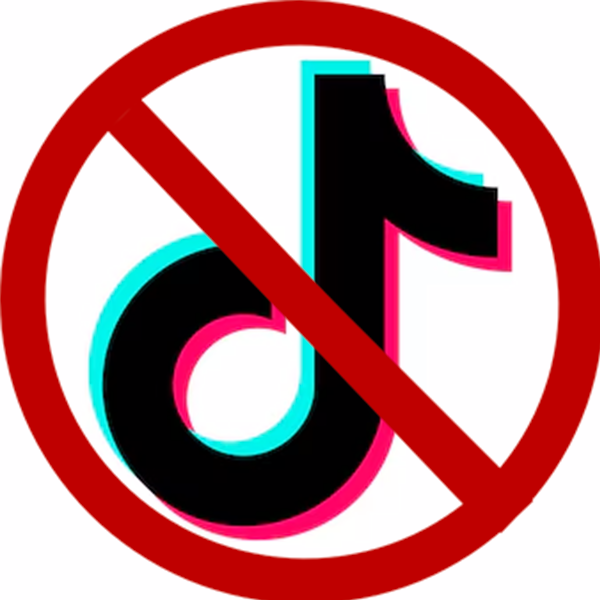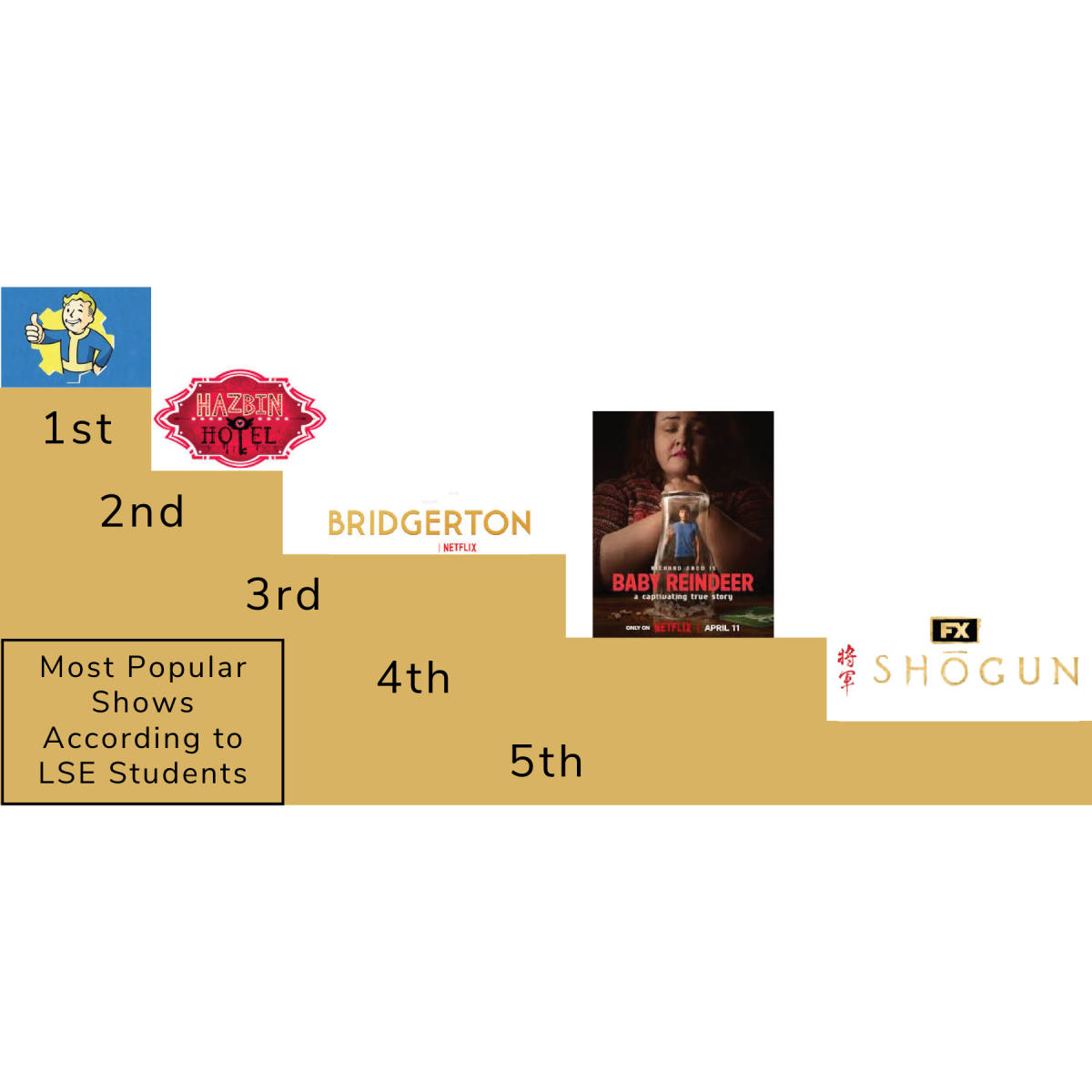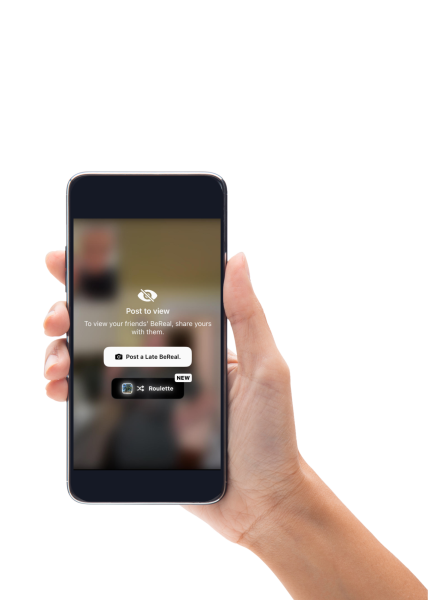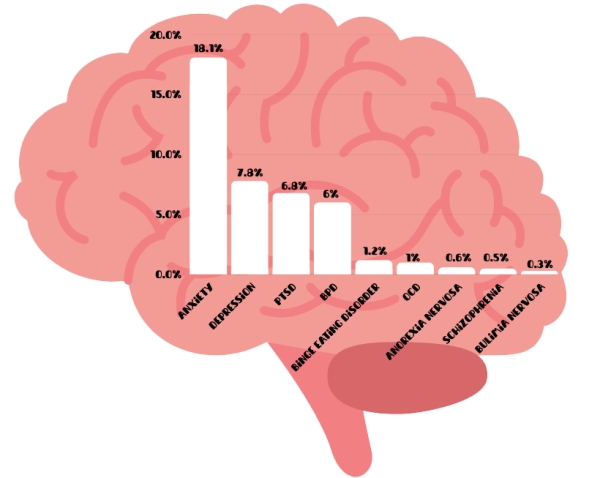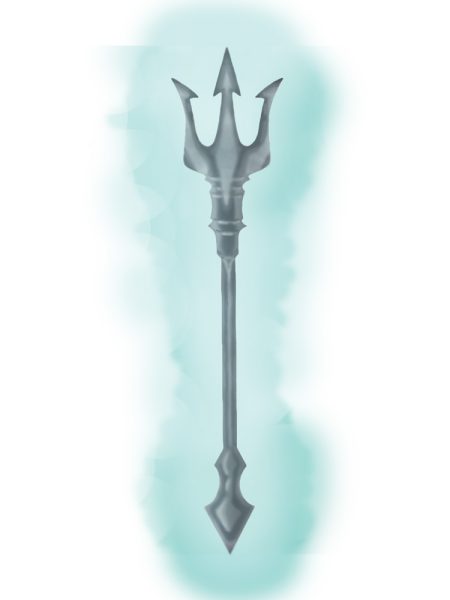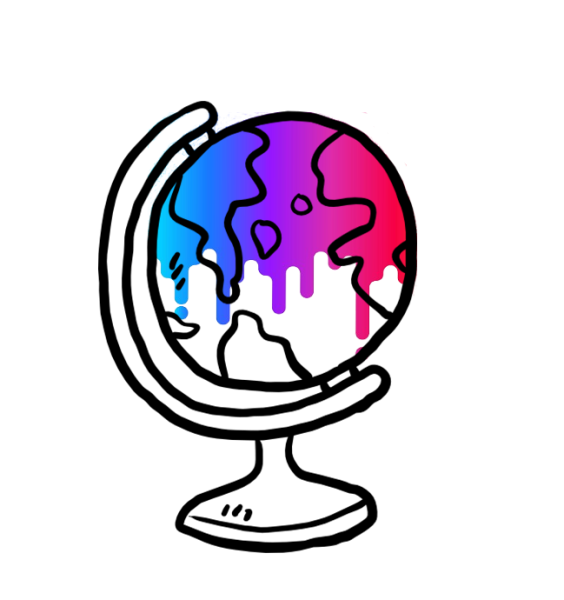A Social Epidemic: New research shows how social media is hurting today’s teens
March 29, 2023
The early growth of electronics has been rapid, and by the 1920s commercial radio broadcasting and communications were becoming widespread. Electronic amplifiers were being used in such diverse applications in long-distance telephones and the music recording industry.
In the month of June, 2007 the first generation iPhone hit the U.S. market. In 2004 the emergence of social media sites such as Facebook, LinkedIn and My Space marked the beginning of the internet user movement.
Social network platforms almost tripled their total user base in the last decade going from 970 million in 2010, to a number surpassing 4.48 billion users in July 2021.
The number of teens using social media consistently has risen from 24% to 46% from 2014 to 2022. Teenagers from the ages 13 to18 spend roughly anywhere from seven to eight hours on their social media sites.
The first social media site to reach one million monthly active users was MySpace. It achieved this milestone around 2004 resulting in the start of what is now more commonly known as The Silent Epidemic.
What is the Silent Epidemic?
According to the authors of The Silent Epidemic: How Social Media Damages Your Mental Health, as of January 2020 exactly half of the global population were active users of social media platforms — an increase of 9.2% since 2019. Just a year later with most of America staying home, that number has only increased, and it has become evident in our community.
“The pandemic can’t be an excuse for isolation,” Jean Gray, a behavioral health therapist with Health Services of North Texas stated. Over the past few months alone she has seen a major increase in patients reporting anxiety, depression, eating disorders, cyberbullying and agoraphobia [an anxiety disorder where a person is afraid to leave their environment or home that they consider to be safe].
Denton believes that even good things can be bad when they are obsessive.
The same devices that make connecting with our communities on social networking sites so convenient also make social media extremely difficult to resist.
Notifications and alerts with their 24/7 dinging, ringing and buzzing make it challenging to concentrate on other, more critical aspects of daily life. We’re often compelled to immediately check our smartphones and tablets for fear that we might miss out on something important.
This phenomenon is called nomophobia, or fear of being without a mobile device.
Even though this may not seem like such a big deal to some considering teens are always being told things like “you spend way too much time on your phone,” or “Do you ever go anywhere without that thing?”
The term nomophobia was coined in 2009 in the U.K. and comes from the anglicism “nomophobia” [no-mobile-phone-phobia]. The signs and symptoms observed in nomophobia cases include anxiety, respiratory alterations, trembling, perspiration, agitation, disorientation and tachycardia. Nomophobia may also act as a proxy to other disorders.
Ways to protect your mental health
Setting limits on the time spent on social media.
Remember what you see on social media isn’t real
Being aware of how using social media makes you feel
And lastly, engage in real life.

